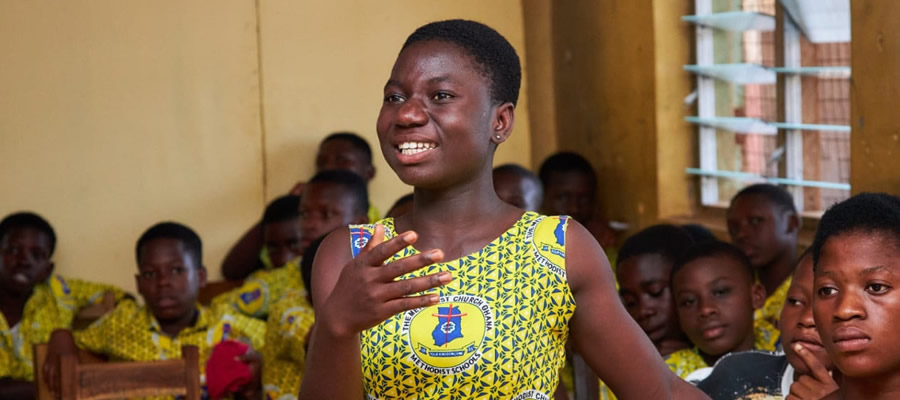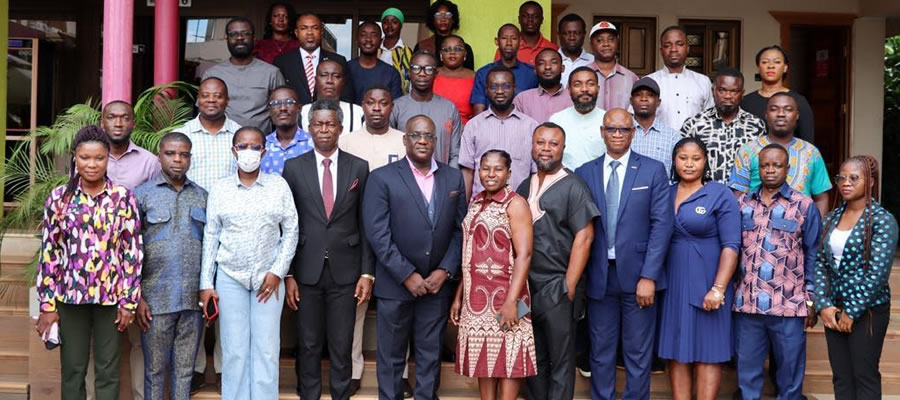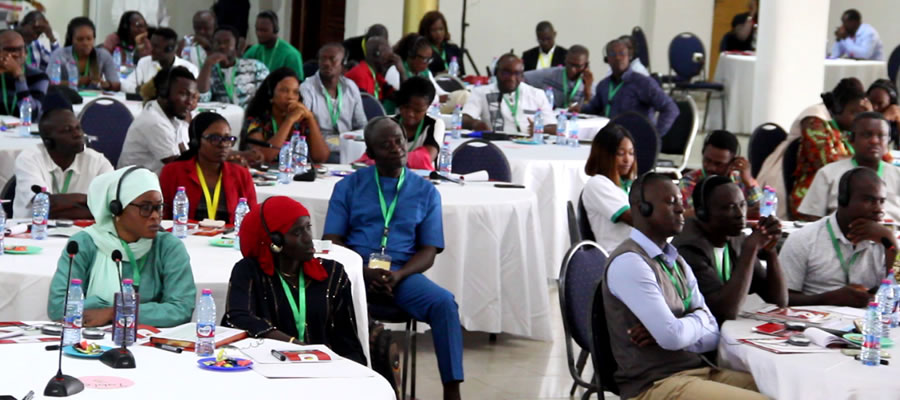

Introduction
The production of goods and services are important for the overall development of the country. Though all persons irrespective of age and sex consume goods and services produced, only a section of the total population produces them: a working population is often referred to as “employed”. The type of economic activity pursued is influenced by nature of the economy and level of socio-economic development (Hull, 2009). Generally, the larger the employed population, the more wealth is created leading to the general well-being of the population. Contributing to employment opportunities in any country or area are factors such as the structure of the population, proportion of the economically active population and the labour market. A detailed study of the dynamics of the population and the labour market helps to identify the employment opportunities available and the structure of the economy. This chapter examines the economic activity of the population 15 years and older during the seven days preceding census night in the Sunyani Municipality.
Economic Activity Status
Table 4.1 shows the activity status of all persons 15 years and older in Sunyani Municipal. About 62 percent of the total population 15 years and older are economically active while 38 percent are economically not active in the Sunyani Municipality. Of the economically active population, employed and unemployed persons form 93.2 percent and 6.8 percent respectively. Whereas 10.7 percent of the economically not active population engage in home duties (household chore), 75.4 percent of them are in full time education, 2.7 percent are pensioners/retired, 2.1 percent disabled/sick and 0.2 percent in voluntary work without remuneration/pay. Six out of ten unemployed are seeking work for the first time.
The Table shows that even though a higher proportion of females are economically active (62.5%) than males (61.2%), a higher proportion of males (94.2%) are employed compared to females (92.1%). A higher proportion of males (38.8%) are economically not active compared to females (37.5%). Most economically not active males (82.6%) and females (68.0%) are into full time education. Thrice as many economically not active females (16.3%) did home duties (household chore) compared to males (5.3%).
Table 4.2 shows the activity status of the population aged 15 years and older in the district
The Municipality has 84,213 persons aged 15 years and older. Of this number the economically active population who are employed is 48,548 (57.6%). Also, the economically active but unemployed is 3,567 (4.2%). The economically not active is 32,098 (38.1%). Within the age group 40-54, nine out of every ten persons who are economically active is employed. The age group with the highest proportion of unemployed persons (8.0%) is 25-29. In terms of sex, about equal proportions of males (57.7%) and females (57.6%) are economically active and employed. The proportion of economically not active males (38.8%) is slightly higher than the economically not active females (37.5%). Within the age group 25-29, a higher proportion female (9.1%) are unemployed compared to males (6.9%).
Investment and Business Potentials
Agriculture is no doubt the mainstay of the district’s economy. The Sunyani Municipality is noted for being a major food basket of the nation as a whole. Prominent among the food crops grown are plantain, cassava, yams, pineapples and vegetables, which flourish under the favourable climatic conditions of the district.
Cash crops, such as cocoa, coffee, oil palm, cashew and cotton, also thrive well in the district. No wonder, the district holds a key position in Ghana’s cocoa industry, which is a major foreign exchange earner. Suffice it to say that abundant potential and opportunities exist in the agricultural sector of the district’s economy as operations currently are generally at the subsistence level.
A modest capital injection and technical know-how are needed from prospective investors for a major breakthrough in both traditional and non-traditional export crops. Market infrastructure and access roads are being vigorously rehabilitated and expanded as a way of creating a sound platform for investment to take off.
Opportunities also exist in the area of agro-processing, in view of the degree of post-harvest losses recorded by the district. The existing adequate levels of power supply and water facilities in the district, with substantial capacities for expansion, would help greatly in this endeavour.
The vast forest and forest resources in the district also present a good opportunity for lumbering and timber exports. There are widespread deposits of clay, sand, stones and gravels in the district, with a real concentration around the Tano basin. Constructional works can thus be aided tremendously, since these important inputs are readily available at affordable cost.
Traditional minerals like gold, diamond, manganese and bauxite have not yet been found here, but serious prospecting for gold is currently going on in various parts of the district. The huge population within the active labour category provides a further boost for entrepreneurs in terms of skilled and unskilled labour supply,and at the same time serves as a ready source of market.
Any pre-feasibility study in the district would certainly be vindictive of the above exposition. The Sunyani Municipality is, therefore, poised for serious investments on any scale, hence prospective investors are free to come, explore and take advantage of the potential.
Date Created : 11/20/2017 3:28:12 AM












 facebook
facebook
 twitter
twitter
 Youtube
Youtube
 +233 593 831 280
+233 593 831 280 0800 430 430
0800 430 430 GPS: GE-231-4383
GPS: GE-231-4383 info@ghanadistricts.com
info@ghanadistricts.com Box GP1044, Accra, Ghana
Box GP1044, Accra, Ghana